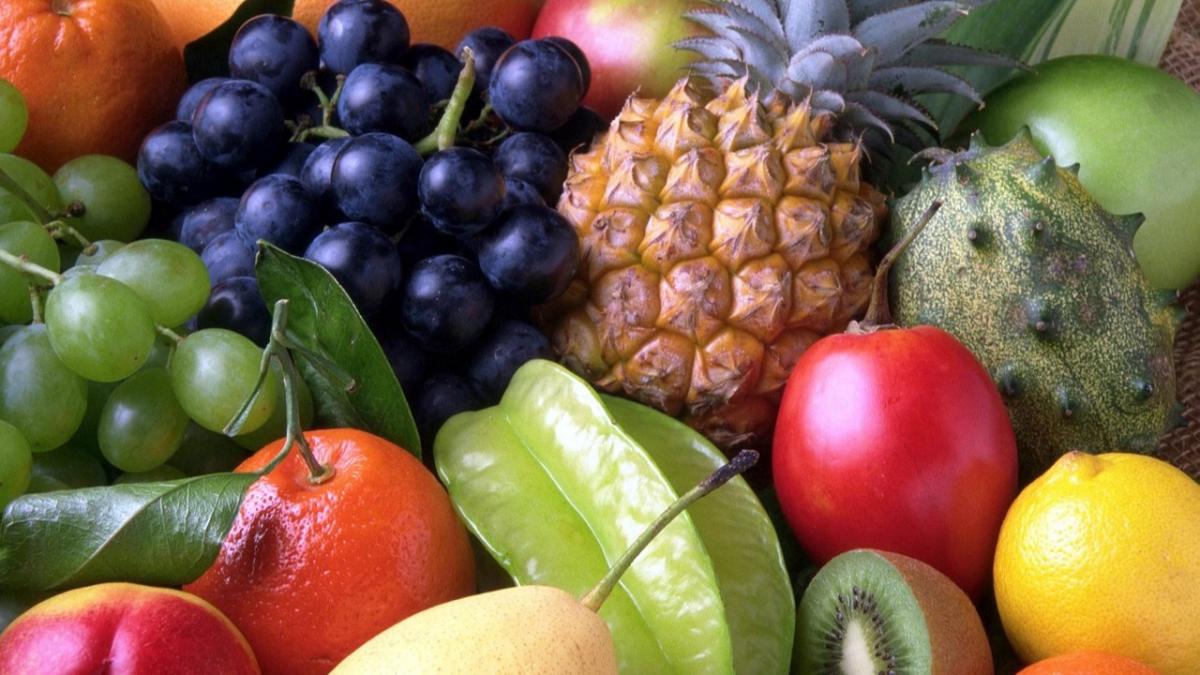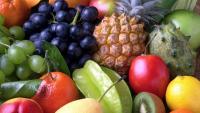You are here
Back to topChina’s Fruit and Vegetable Market Exceeds $1.34 Trillion

A report from consulting firm Astute Analytica indicates that the Chinese fruit and vegetable market reached a value of $1.345 trillion in 2023. This is projected to increase to $2.399 trillion by 2032, with a projected compound annual growth rate of 6.64%.
The report highlights that China is the world’s largest producer of fruits and vegetables. Data from the Food and Agriculture Organization of the United Nations indicate that China’s vegetable production has been particularly impressive in recent years, comprising approximately 50% of the global total. In 2022, China’s vegetable production from 28 million hectares of farmland was an estimated 680 million metric tons. Meanwhile, China’s diverse range of climatic zones enables the cultivation of various fruit items, positioning it as a global leader in fruit production as well. In the same year, China produced over 313 million metric tons of fruit, with apples and citrus fruits leading in terms of volume. Notably, China’s apple production alone represents approximately half of the global total, surpassing 44 million metric tons annually.
Urbanization and rising income levels have fueled a robust demand for fresh fruits and vegetables, with consumers increasingly favoring high-quality and diverse produce. Retail sales of fruits and vegetables in China in 2023 were estimated as over $200 billion, indicating a steady growth trajectory, while the average per-capita vegetable consumption in urban China reached 105 kilograms per year.
Furthermore, China plays a significant role in the global fruit and vegetable trade. Besides being a major exporter, particularly of apples, garlic and certain vegetables, China is also increasingly becoming an important importer. In 2023, China imported 7.33 million metric tons of fruit worth approximately $15 billion, alongside more than 337,000 metric tons of vegetables. Among the imported fruit items, tropical fruits such as durians and bananas are proving particularly popular.
The report notes that imports have accounted for nearly 25% of China’s fruit market in recent years. Over the past five years, avocado imports to China have increased tenfold, while blueberry consumption has grown fivefold during the same period. The compound annual growth rate for exotic fruit imports is expected to remain high at 8.46% during the forecast period. The report states that to reduce its reliance on imports, China is investing in expanding its domestic production of non-native fruit items such as durians and cherries, with domestic cherry production growing by 20% annually.
According to the report, advances in greenhouse cultivation, supply chain management and e-commerce have driven the growth of the Chinese fruit and vegetable market and transformed the industry landscape. For instance, 2023 saw a 35% year-on-year increase in online fruit and vegetable sales while online platforms accounted for 25% of total fruit and vegetable sales in China that year, compared with only 5% in 2015. Meanwhile, the market size of organic food products in China has reached $8 billion, with the organic farming sector witnessing 25% annual growth over the past five years.
Image: Pixabay
This article was translated from Chinese. Read the original article.














Add new comment